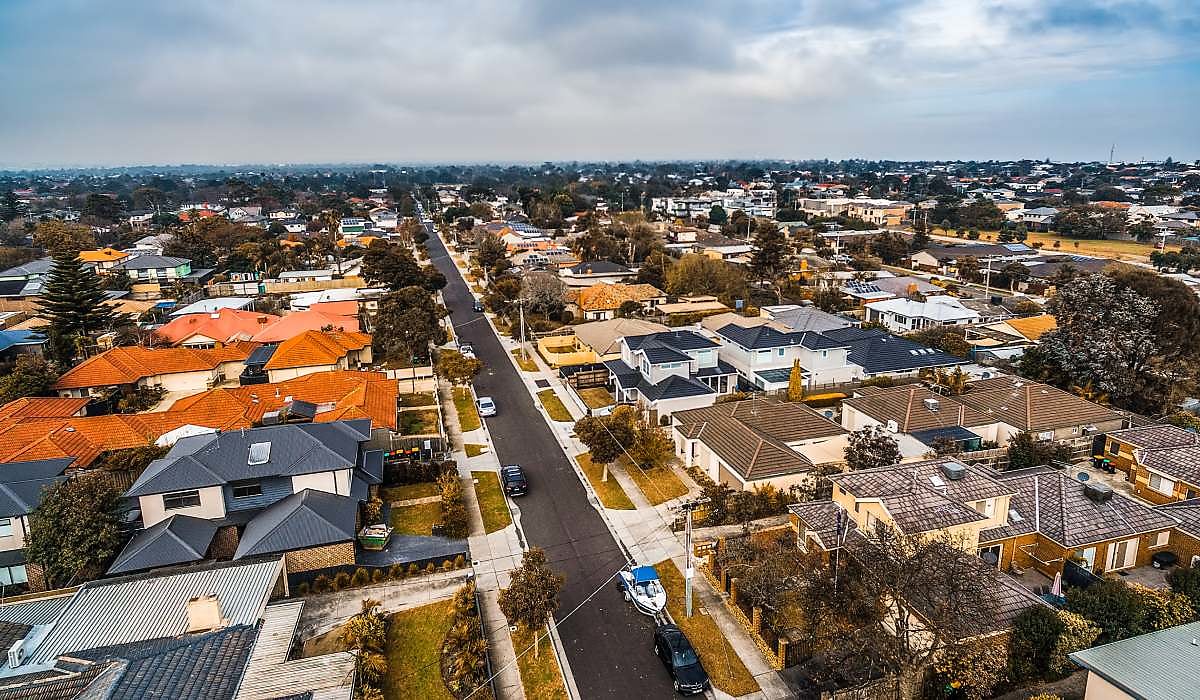Has rental growth reached its affordability ceiling?
The slowest rent rises in four years were recorded in July 2024, with some capitals seeing rental values drop back or remain flat.

CoreLogic reported that national rents increased just 0.1 per cent during the month, with no areas recording high gains over the mid-winter month.
This means that in the 12 months to July, rental growth reached 7.8 per cent, which is the slowest annual change of the past three years.
While the news will be welcomed by current and would-be tenants, that doesn’t mean that relief will hit their wallets any time soon, with rents still sitting at record highs. The median weekly rental payment has increased by approximately $180 over the past five years, according to CoreLogic.
Still, CoreLogic Australia economist Kaytlin Ezzy said that tenants could take comfort that a broad “cooling trend” was taking place across the country, providing “much-needed respite after years of high demand and steep increases”.
Rental prices declined by 0.1 per cent in Sydney and Brisbane, and 0.3 per cent in Hobart.
Adelaide experienced a moderate rise of 0.6 per cent, while Melbourne and Perth both rose 0.3 per cent. Darwin and Canberra remained flat.
Ezzy said that though results varied across the capitals, it was clear an “affordability ceiling” had been reached in major cities.
The economist attributed the distinct chill in rental increases to tenant behaviour, with renters looking for alternatives to meet increased prices.
“With tenants unable to borrow more to cover rent, many are turning to alternatives such as shared housing, relocation to more affordable areas, or leaving the rental market altogether and buying their own homes,” Ezzy said.
On an annual level, Perth recorded the strongest rental growth in the 12 months to July 2024, with prices increasing by 12.7 per cent. Regional Western Australia followed at 10.6 per cent.
Twelve-month capital city rent growth slowed from 9.7 per cent in February to 8 per cent in July, while in the regions growth accelerated over the same period, from 5.4 per cent to 7.1 per cent.
Ezzy noted that strong migration from cities to regional areas had helped keep rental growth high from a 12-month perspective, and that stronger performance was still expected in these areas as sea- and tree-changers continued to seek affordability in country towns.
She commented that despite the high-interest rate environment, the cost of rent was serving as an incentive for tenants to pursue buying in all corners of the country.
CoreLogic reported that lending to first home buyers rose 1.5 per cent to $5.3 billion in June, reaching roughly a third – 29.2 per cent – of new owner-occupier finance.

